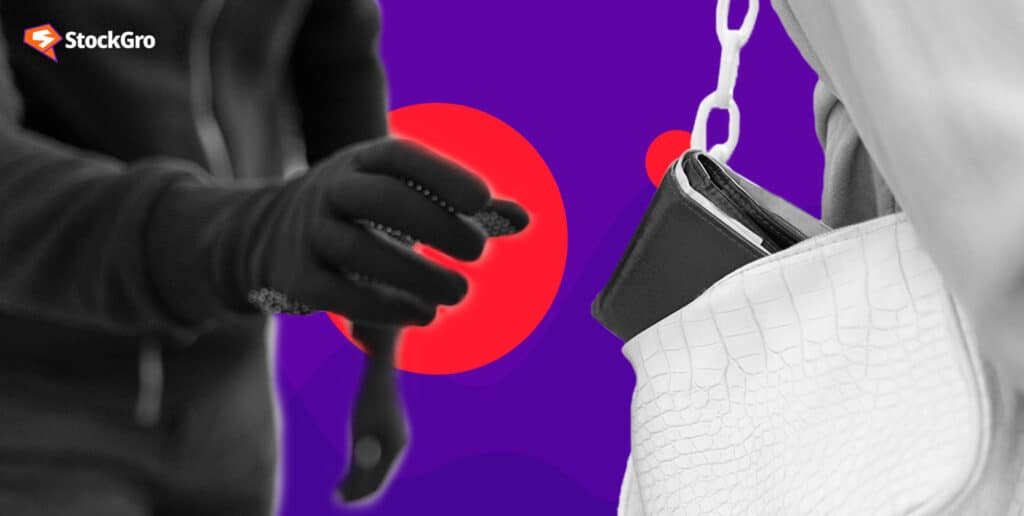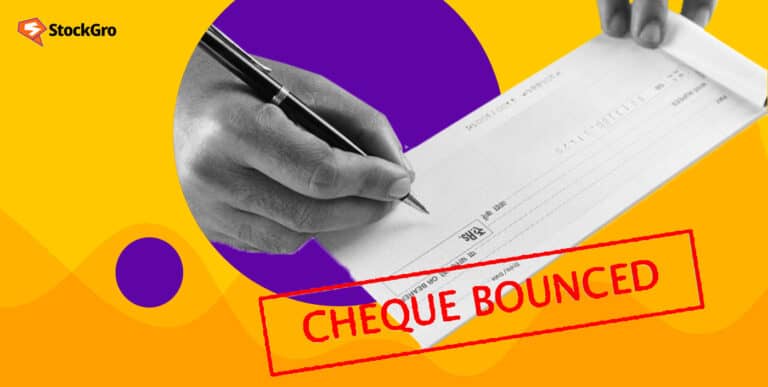
The significance of safeguarding our possessions, particularly our wallets, is frequently neglected amidst the hustle and bustle of our everyday lives. Picture this: you’re sipping your coffee at your go-to café when suddenly, you realise you’ve misplaced your wallet. You start to freak out when you look everywhere but can’t find it.
What do you do if your wallet is stolen is a common question. Anyone anywhere can find themselves in this common situation. If your wallet is stolen along with your credit and debit cards, this article will give you all the information you need to deal with the situation.
The risks of losing your wallet
A lost wallet can cause more than just a minor annoyance; it can unleash an epidemic of problems. The gravity of the situation is magnified when you consider what to do when your wallet is stolen with cards.
Potentially disastrous financial losses can occur if the wrong person gets their hands on your wallet, which contains your debit and credit cards. On top of that, a thief could commit identity fraud using your personal details. The situation could get even more complicated if this leads to unauthorised loans or credit cards issued in your name.
Also read: Understanding credit cards: What are they, and how do they work?
Steps to follow if your wallet is stolen
Step 1: Immediate actions
What to do after the wallet is stolen begins with quickly taking action. Timeliness is paramount if your stolen wallet contains any credit or debit card information. The longer you wait, the easier for a criminal to use your account without your knowledge.
Get yourself composed and think about possible places you could have left your wallet. If you still can’t locate it, it’s best to just assume it’s lost and notify your bank.
For situations like these, the majority of banks offer a 24-hour hotline. To notify them of the missing cards, give them a call. To prevent any fraudulent transactions, your cards will be blocked immediately.
Thoroughly record this conversation for use at a later date. In the event of an emergency, make sure to save these numbers to your phone.
Also read: Unlocking prosperity: The transformative power of financial literacy
Step 2: Blocking the cards
Immediately contact your bank if you wish to deactivate your card. Nowadays, you can quickly and easily block your cards using most banks’ online services or mobile apps. To do this, go to your account and follow the on-screen instructions to report a stolen or lost card.
Blocking your cards is a must, regardless of the chances of your wallet being located. It is because a thief can carry out unlawful transactions between losing your wallet and realising it’s lost.
It is much simpler to unlock a card after your wallet has been located than to dispute fraudulent charges afterwards. Therefore, when problems arise, don’t be afraid to take safety measures and block cards.
Step 3: Filing a police report
Next, proceed to the nearest police station and submit a First Information Report (FIR) after you have blocked your cards. The police file a First Information Report (FIR) whenever they know about a criminal incident. It initiates the criminal justice system.
Go to the local police station and fill out the FIR with all the pertinent information regarding the theft. The time and place of the incident and specifics about the wallet and its contents are all part of this report. After that, the FIR will be recorded and the investigation will commence.
There are tons of advantages to filing an FIR. If you ever find yourself in a dispute with your bank, having this document on file as an official record of the incident might be helpful. Furthermore, it can assist law enforcement in locating the perpetrator and potentially reclaiming your stolen belongings.
Step 4: Monitoring for misuse
It is critical to closely watch your accounts for any indications of misuse after you have taken the necessary immediate actions. Your cards may still have been used for some transactions before you could block them and file an FIR.
Regularly reviewing your bank statements and transaction history can help you spot any suspicious activity. Thieves often test the waters with small, unauthorised transactions. Additionally, be vigilant in monitoring your credit score for any changes.
When you see anything out of the ordinary, contact your bank immediately. You can rely on their assistance to secure your accounts and dispute the transactions.
Additional steps
You can begin the journey towards recovery once you have protected your financial accounts. The debit and credit cards in your wallet will not be accepted. Reapplying for them would be the best course of action. Make a replacement request by contacting your bank or card issuer and explaining the situation. Typically, they will ask you to verify your identity and maybe pay a nominal fee before they walk you through their procedure.
If your wallet also includes vital identification documents such as your PAN, Aadhar, voter ID, or driver’s licence, you will have to request copies of these documents. Each of these has a distinct procedure that typically requires an application, identification, and a small fee. To avoid any problems, it’s best to get this process going immediately.
Preventive measures
Although being prepared to handle a stolen wallet containing credit and debit cards is essential, the best defence is a good offence. Some precautions can be taken in this regard:
Minimise: Make sure your wallet only contains essential items. You should only carry a minimal number of credit and debit cards.
Digital wallets: Think about utilising electronic payment systems or mobile wallets. They bolster safety measures and can be quickly disabled in the event of their loss.
Regular checks: Consistently check your accounts for suspicious activity. Prompt identification can forestall substantial damage.
Emergency contacts: Keep a separate note of all emergency contact numbers for your banks. It allows for quick action in case of wallet theft.
Remember that taking these precautions can lessen the severity of wallet theft and avoid problems with money and identity theft.
Further reading: How to achieve financial freedom and live your best life?
Bottomline
Being proactive and well-prepared is essential. Knowing what to do after your wallet is stolen can alleviate a great deal of anxiety.
Every action, whether it is a quick fix or a long-term strategy, can help lessen the blow and keep your finances safe. Keep in mind that being alert and taking swift action are your greatest defences against such incidents. Keep yourself well-informed and avoid harm!

